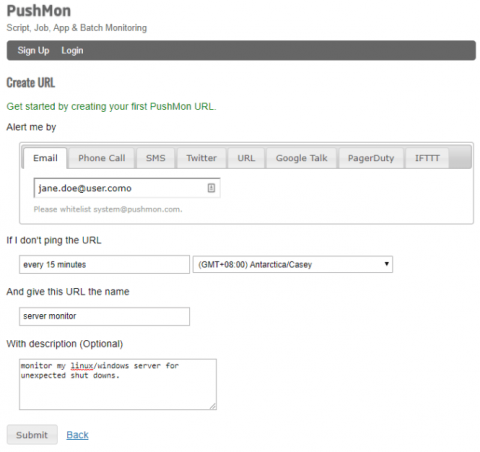Getting serious about cloud migration
Cloud is a big part of Atlassian’s future, and we’re more focused than ever on delivering a great Server to Cloud migration experience. When developing software, there is no better way to test than doing it yourself. So that’s what we did. In an effort to learn more, understand pain points, and make a better experience for our customers, we migrated our whole company’s Jira and Confluence instances to the Atlassian Cloud.











